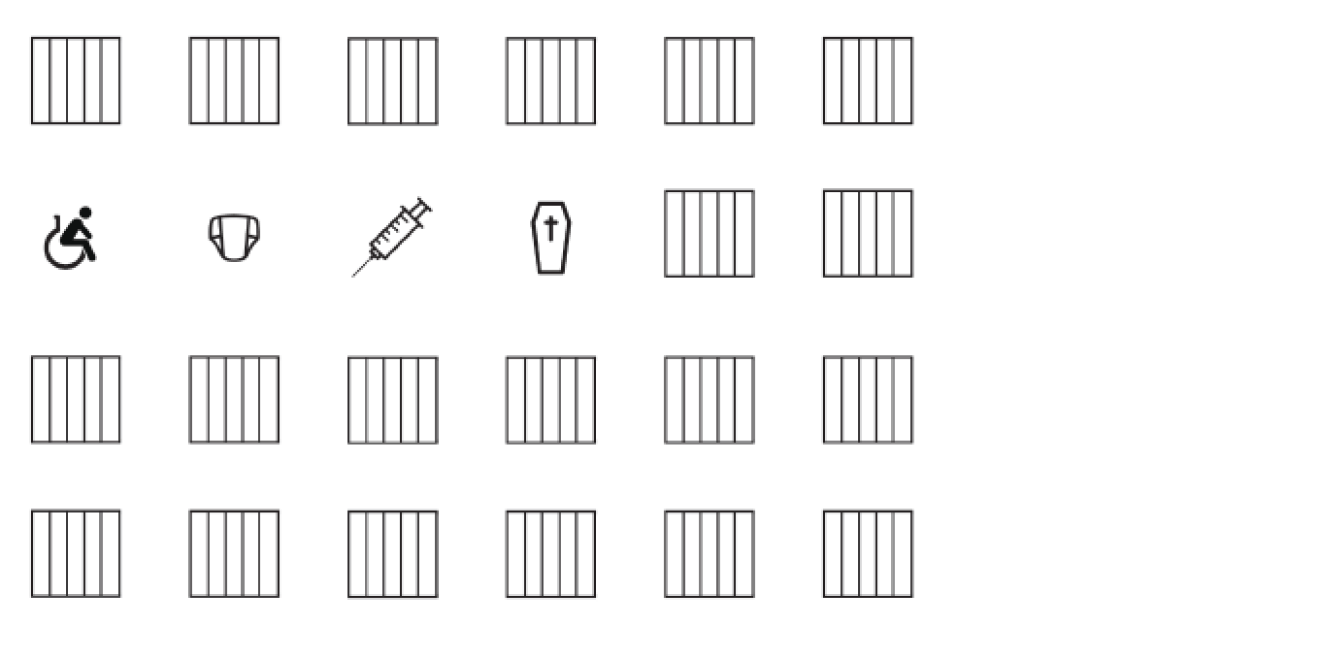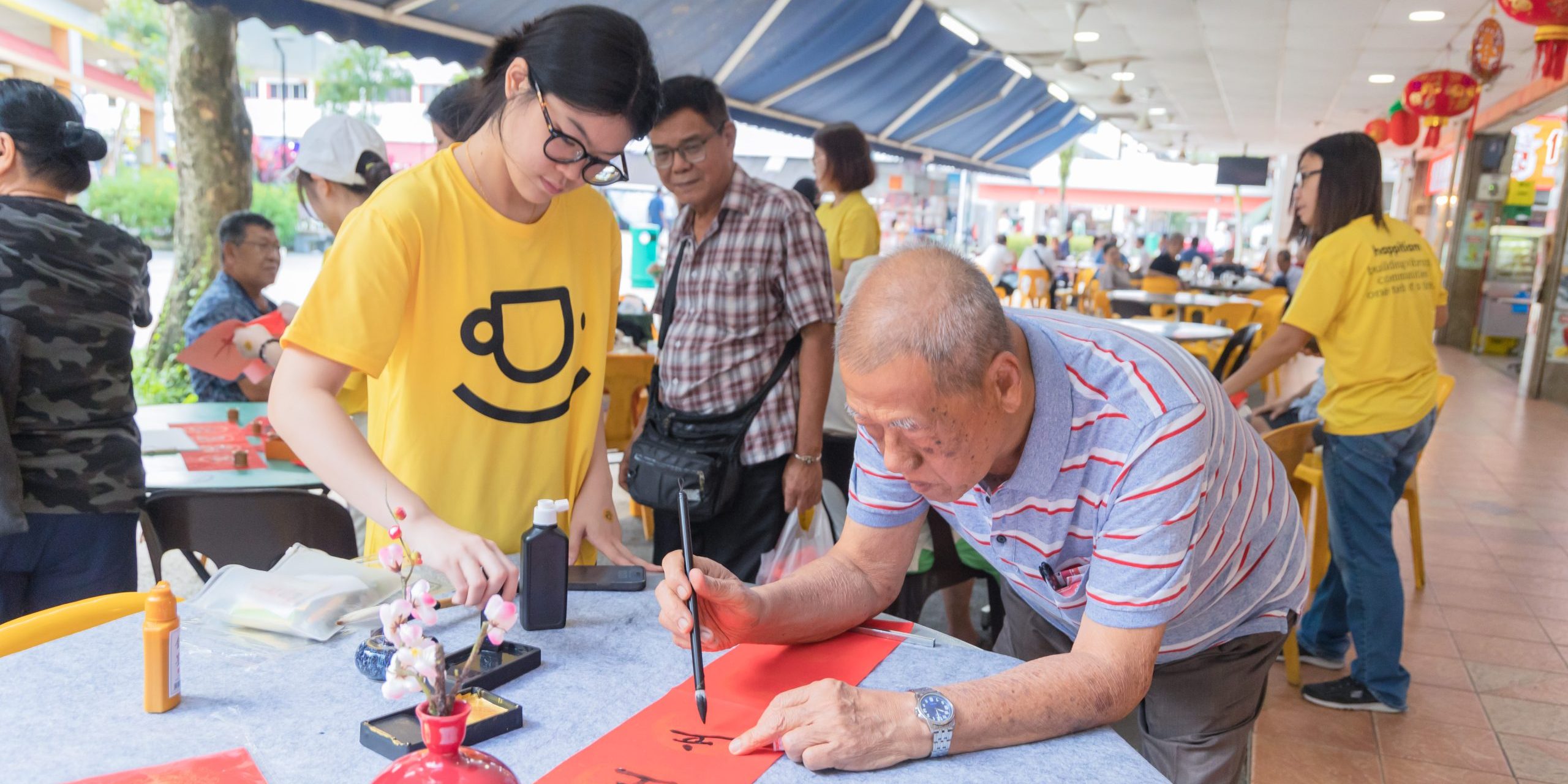Safe but Soulless

This 130-page study released in Oct 2016 examines recent improvements and best practices, current concerns and the promise, pitfalls and policy choices ahead for nursing home care in Singapore at a time when more homes are being built here than ever before. It covers a wide variety of issues affecting those who live or work in these homes, including care, manpower, financing and governance.
A lack of choice in residential aged care, chronic manpower shortage, low staff pay and a financing system out of sync with the evolving nature of care are some of the biggest problems plaguing nursing homes, the study found. It interviewed operators who ran 40 of Singapore’s 72 nursing homes at the time.It showed that many residents stayed in medicalised dorm-style nursing homes for years, not because of heavy nursing needs, but because there is no one to care for them at home. Assisted living facilities are almost non-existent. In some nursing homes, a single care worker must look after 20 to 30 residents at night. Up to 85 per cent of staff are foreigners. Their starting pay can be as low as $350-$400, excluding food and accommodation, less than what many domestic workers get. Rather than build more cookie-cutter, medicalised nursing homes, the study recommended that any new capacity in residential aged care should create more variety and diversity, particularly more home-like assisted living options for those who have few medical needs but need personal care. This can be done by adding personal-care services to the HDB’s studio and two-room apartments for the elderly. The study also recommended recalibrating the funding model so that government subsidies go to users of care rather than operators. Funding levels should be calculated according to residents’ needs, rather than whether they receive care in a hospital, community hospital or nursing home.



